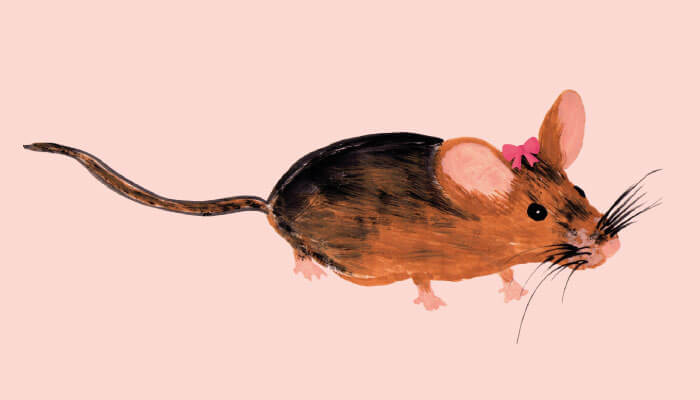For the past half century, preclinical neuroscience researchers have almost exclusively used male animals. The result? An unclear picture of the neural mechanisms that may underlie disease susceptibility in women – according to Rebecca M. Shansky, associate professor of psychology at Northeastern University in the US.
“Males and females can metabolize drugs differently, so I think if we study only males, we can miss potential side effects that women might experience,” says Shansky. “We might also find that drugs don’t work as well in females, so it’s really important to study both.”
In her article for Science (1), Shansky explains that the imbalance is rooted in the belief that circulating ovarian hormones make data from female animals messier and more variable than data from males – a claim refuted by two recent meta analyses in mice and rats (2,3).
In 2014, the NIH and the Canadian Institutes of Health Research introduced new mandates for researchers to consider sex as an experimental variable, generating a great deal of debate in the research community. And in August, 2019, Senior Editors of the British Journal of Pharmacology followed suit by recommending that all future studies published in the journal should formally address sex as an experimental variable (4).
“I saw the field of neuroscience become concerned that ovarian hormones would complicate their research (which is why they didn’t study females in the first place),” says Shansky. “I wrote the piece to help dispel their concerns and ask them to think about why they were under the impression that hormones made data from females more variable than males when that is in fact not true.”
Shansky says the reaction has been overwhelmingly positive. “It really seemed to resonate that there were some cultural biases underlying the reasoning for not studying females,” she says. “Generally speaking, I think many researchers are coming around to using both sexes. And if they are in the US and want NIH funding, they’re going to have to be!”

References
- RM Shansky, “Are hormones a ‘female problem’ for animal research?”, Science, 364, 825-826 (2019). PMID: 31147505.
- BJ Prendergast, KG Onishi and I Zucker, “Female mice liberated for inclusion in neuroscience and biomedical research”, Neurosci Biobehav Rev, 40, 1 (2014). PMID: 24456941.
- JB Becker, BJ Prendergast and JW Liang, “Female rats are not more variable than male rats: a meta-analysis of neuroscience studies”, Biol Sex Differ, 7, 34 (2016). PMID: 27468347.
- JR Docherty et al, “Sex: A change in our guidelines to authors to ensure that this is no longer an ignored experimental variable”, Br J Pharmacol [Epub ahead of print] (2019). PMID: 31441038.




